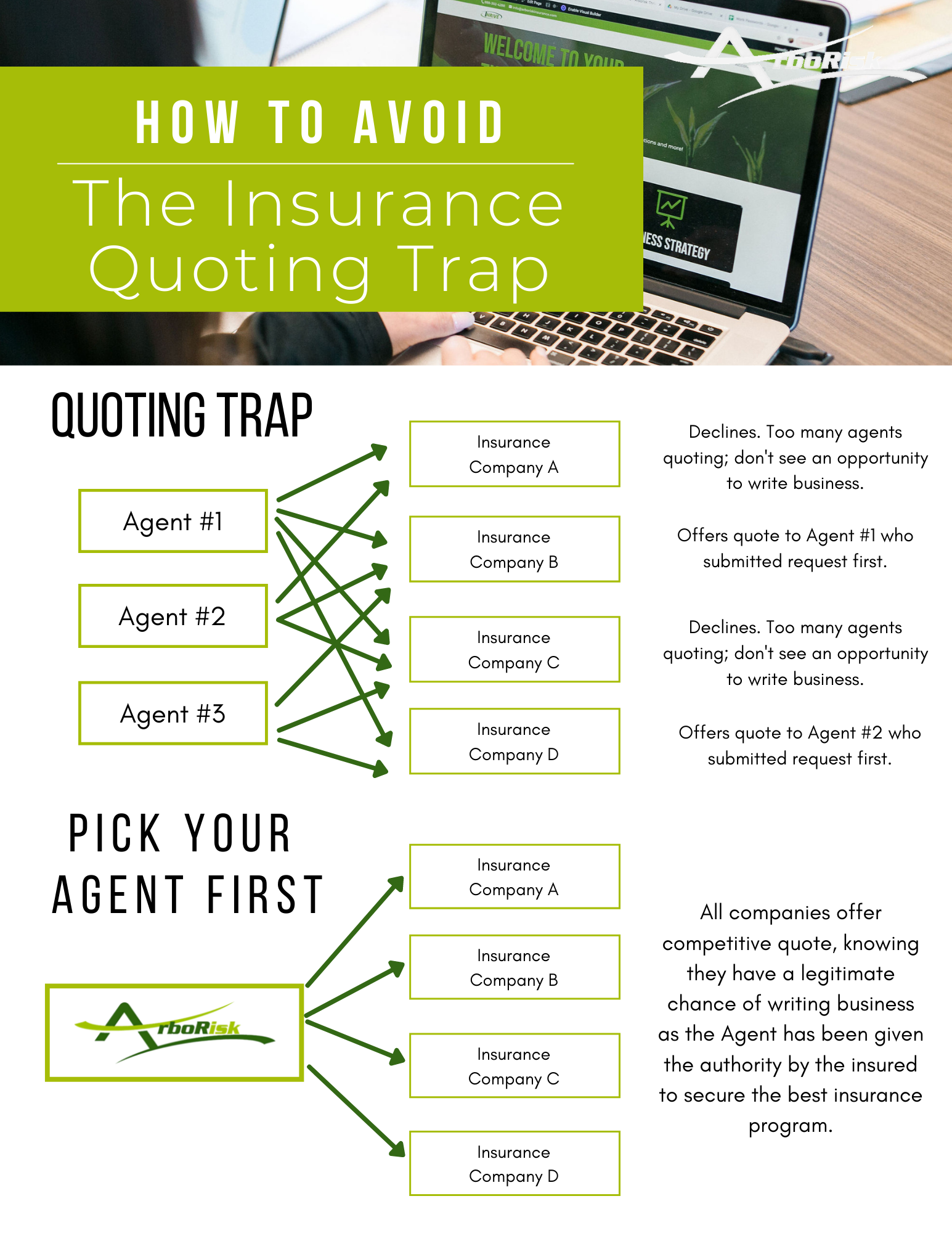The Power of Walking Away
The Power of Walking Away
Written by Eric Petersen, CIC
How many times have you either worked on project you knew you were going to lose money on or continued to chase a job that didn’t really fit in with your target services? Chances are, you’ve done this more than you want to mention. We all have. Especially in today’s market with so many tree services popping up everywhere, I’m sure there are times you feel pressured to work on an undesirable job. Unfortunately, this begins a cycle of chasing jobs just to pay the bills and almost always ends in burnout for you and your team members.
Of course, we all want more sales, but sometimes your best move to is to say “No” and walk away from a potential job. There are many scenarios that create a walk away situation, let’s look at a few:
1. They Really Don’t Have the Budget
Not every customer can afford your services. Running a professional tree care company takes a lot of overhead and expense that must be reflected in the rates that you charge for your service. Unfortunately, some people will just not be able to pay for your expertise. Recognizing that a prospective customer is on a tight budget is a crucial skill that your salesforce must be proficient at. Believe in your company’s value of professional safe service so that you do not underbid a job just to get it.
2. Too Much Competition
Competing with too many other tree services only does one thing; lowers the cost of the job. If during your sales meeting you uncover that they are getting estimates from three other companies, ask them what the basis for their decision will be on. Most likely, they will say price, so tell them to put price aside; what is the next most important aspect of a tree service that they are looking for. If they cannot come up with something, then it makes your decision easy…walk away! If they give you an answer like, I want the job to be done as quickly as possible, then ask them to quantify that. If you can accommodate whatever their second deciding factor is, you have a chance at earning the job at a fair price.
3. They Believe all Tree Services are the Same
Look, the majority of the general public does not really understand the differences between a TCIA Accredited company and a weekend warrior. Make the goal of each sales meeting to explain your value and why your services cost a little more than other companies. If they still believe that your value is not worth the price that you need to charge, then it is time to move onto a prospect that better aligns with your company.
4. The Services are Not Your Specialty
Your company is not going to be great with every type of service that a tree care company can provide. Know your strengths and stick with them when selling jobs. When companies stretch themselves out of their comfort zone, it opens up a lot of unnecessary risk to your business. This job will most likely take longer to complete and probably will be done for a lower price than what the job deserved as well as increasing the chances of a mistake or accident happening because it is new to your team.
Your willingness to walk away from any of these situations demonstrates your commitment to your company’s excellence and ensures the projects that you work on get your full attention. Remember, not all jobs are good jobs. Be proud of what you do and walk away if a potential customer does not fit with your company.
Click here to obtain a copy of the Sales Sweet Spot worksheet to help you understand which services you offer fit best with your ideal customer.
How can you begin to say “No” more? Start with identifying your ideal customer and the services that you specialize in. Click here to learn more about our New Heights Package and how it can help you identify your ideal customer and services and grow your business!





Recent Comments